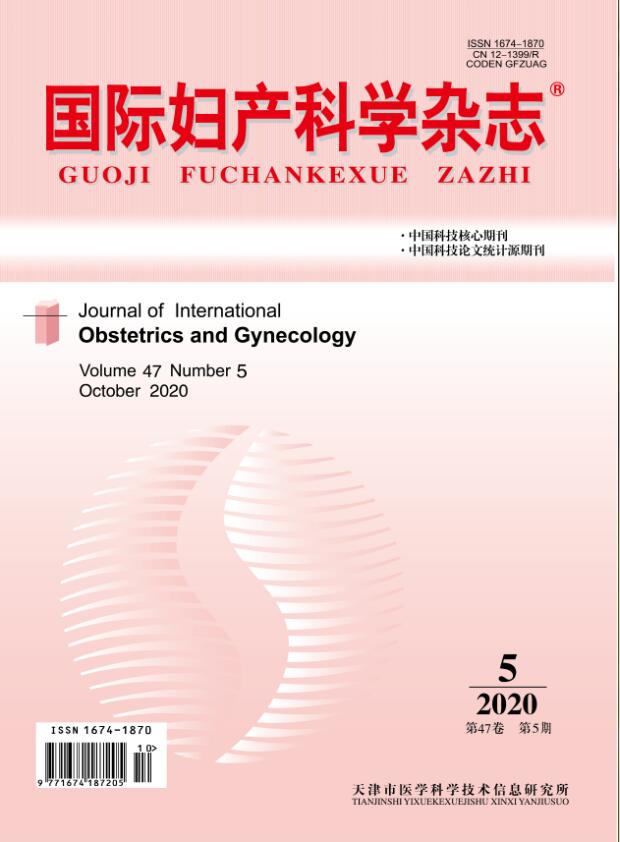|
|
Study on the Expectant Management Time of HELLP Syndrome
KANG Su-ya,ZHOU Li-ping,WANG Yun,YAO Yi-qian
2018, 45 (1):
46-50.
Objective:To investigate the timing of termination of pregnancy in <34 weeks′ gestation with HELLP syndrome. Methods:Retrospective study was applied to analyze 51 cases of pregnancy in <34 weeks′ gestation with HELLP syndrome. According to the time from diagnosis to termination of pregnancy, the cases were divided into two groups. One group consisted of 29 cases with termination of pregnancy within 48 hours after diagnosis (expectant management <48 h group), while the other group consisted of 22 cases with expectant management ≥48 h. The cases was further divided into four subgroups according to the Tennessee diagnostic criteria: complete expectant management (CEM)<48 h group (21 cases), complete expectant management(CEM) ≥48 h group (9 cases), partial expectant management (PEM) <48 h group (8 cases), and partial expectant management (PEM) ≥48 h group (13 cases). The indexes including general condition, mother and fetus condition, use of hormones and blood products, and main laboratory indexes in peak period and recovery period of HELLP cases in CEM<48 h group, CEM ≥48 h group, PEM<48 h group and PEM≥48 h group was compared. Results:There was no difference in general condition, use of hormones and blood products, and main laboratory indexes in recovery period. There were also no significant differences in postpartum hospital days, the minimum platelet recovery time, the amount and rate of postpartum hemorrhage, as well as the cumulative number of maternal damage. The incidence of fetal adverse outcomes in CEM≥48 h group was significantly lower than that in CEM<48 h group (P<0.05), which in PEM≥48 h group was also lower than that in PEM<48 h group (P<0.05); however, that in CEM≥48 h group showed no differences with CEM<48 h group (P>0.05). No significant difference was found between the lowest hemoglobin and the highest AST/ALT between the groups and subgroups in peak period of disease. The lowest platelet in EM and CEM<48 h groups was lower than that in EM and CEM≥48 h groups (P<0.05), but not found between PEM<48 h group and PEM≥48 h group (P>0.05). The highest LDH in EM<48 h group were higher than that in CEM≥48 h group (P<0.01), which in CEM<48 h group were lower than that in CEM≥48 h group (P<0.01); however, no differences were found between PEM<48 h group and PEM≥48 h group (P>0.05). Conclusions:For patients with HELLP syndrome at the gestational age of <34 weeks, especially partial HELLP syndrome, if the condition is stable, closely observing the condition of the mother and fetus, and expectant treatment over 48 h does not significantly increase the risk of maternal injury and can improve the prognosis of the fetus.
Related Articles |
Metrics
|

